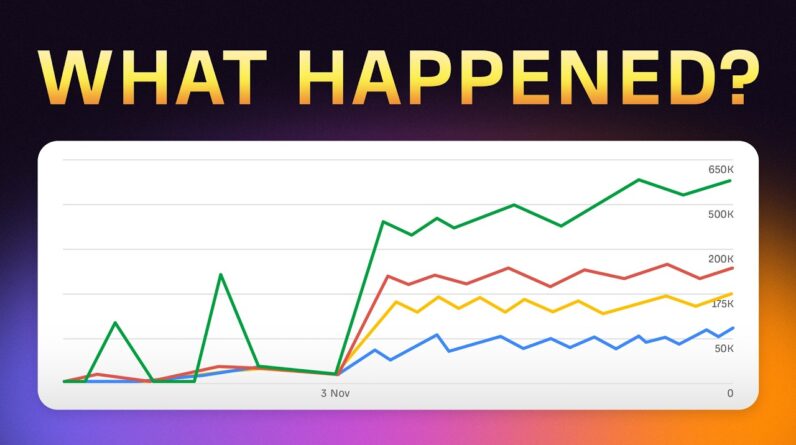
When setting up URLs for multilingual sites, you, as a pro, know the importance of proper optimization to ensure seamless navigation for your global audience.
How Pros Handle URLs for Multilingual Sites
Introduction
When it comes to optimizing your multilingual website for search engines, getting the URL structure right is crucial. Pros in the SEO world understand the significance of having a proper URL structure to ensure that your website ranks well across different languages. Let’s dive into how experts handle URLs for multilingual sites and why it matters.
Why You Need the Right URL Structure?
Having the correct URL structure for your multilingual site is essential for several reasons:
- Organized Content: A well-structured URL makes it easier for search engines to crawl and index your multilingual content.
- User Experience: Clear and consistent URLs improve user experience, helping visitors navigate your site effortlessly.
- SEO Performance: Properly optimized URLs can boost your website’s SEO performance and help you rank higher in search results.
Tips for Setting Up the Right URL Structure
Follow these tips to set up the right URL structure for your multilingual site:
- Use Subdirectories: Organize your multilingual content using subdirectories (e.g., /en/, /fr/) for each language.
- Include Language Codes: Incorporate language codes in URLs to differentiate between different language versions.
- Avoid Duplicate Content: Ensure that each URL points to unique, language-specific content to prevent SEO issues.
- Implement Canonical Tags: Use canonical tags to indicate the preferred version of a multilingual page for search engines.
- Optimize Permalinks: Customize permalinks to include relevant keywords and improve SEO for your multilingual site.
Watch the Video for Step-by-Step Guidance
If you’re still unsure about setting up multilingual site URLs, watch this video for detailed step-by-step guidance on implementing the correct URL structure to keep Google and other search engines happy.
Conclusion
In conclusion, handling URLs for multilingual sites requires careful consideration and attention to detail. By following the tips mentioned above and implementing the right URL structure, you can ensure that your website’s content is optimized for SEO across different languages. Remember, a well-structured URL not only benefits your SEO performance but also enhances user experience.
FAQs
-
How important is the URL structure for multilingual websites?
- Having the right URL structure is crucial for multilingual websites as it helps search engines understand and index your content properly.
-
What are the potential SEO issues of an incorrect URL structure on a multilingual site?
- Incorrect URL structures can lead to duplicate content problems, keyword dilution, and confusion for search engines.
-
Why is it recommended to use subdirectories for organizing multilingual content?
- Subdirectories help categorize content by language, making it easier for both users and search engines to navigate through different language versions of your site.
-
How can canonical tags help with managing multilingual site URLs?
- Canonical tags allow you to specify the preferred version of a page, reducing the risk of duplicate content issues and consolidating SEO authority.
-
What are the benefits of optimizing permalinks for multilingual websites?
- Optimized permalinks with relevant keywords can improve the visibility and ranking of your multilingual content in search engine results.
Thank you for reading through our guide on handling URLs for multilingual sites. If you have any further questions, feel free to reach out to us.






